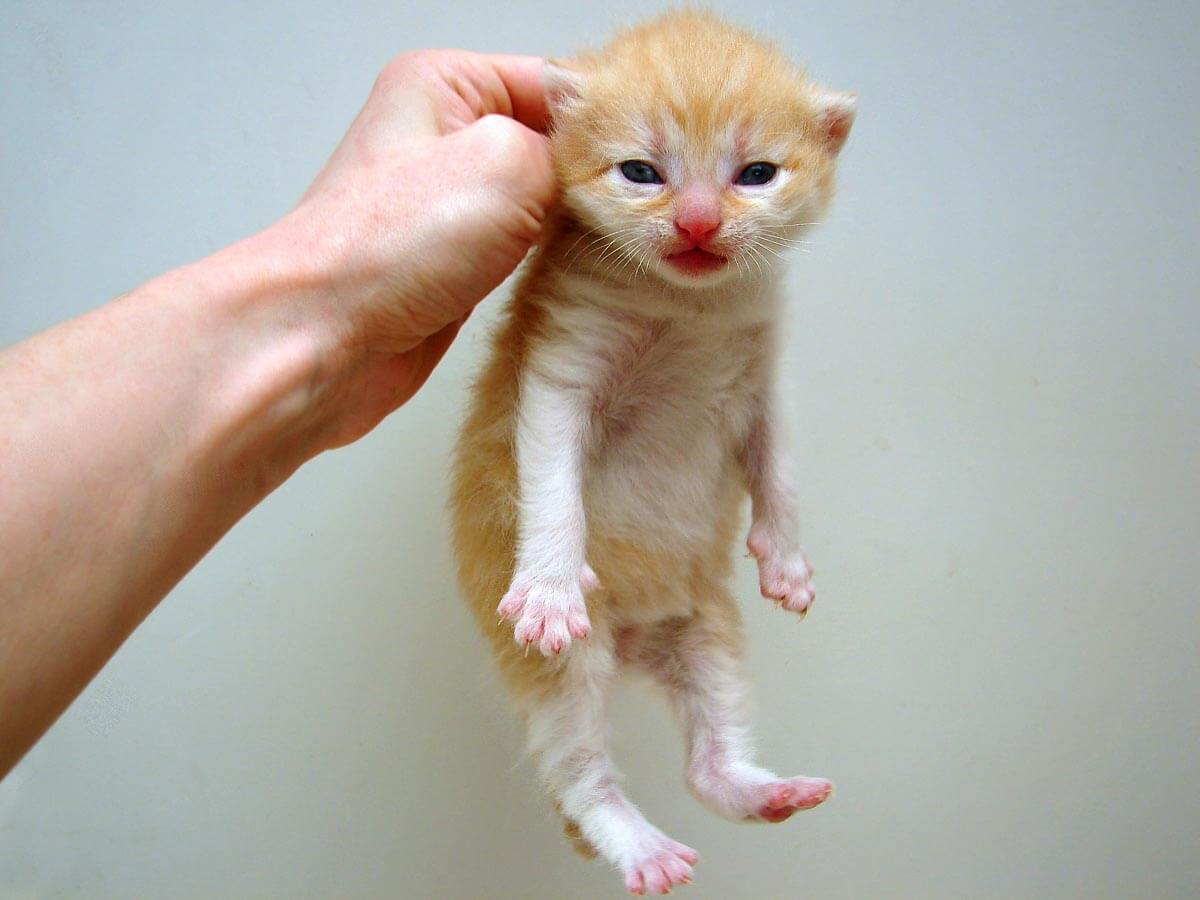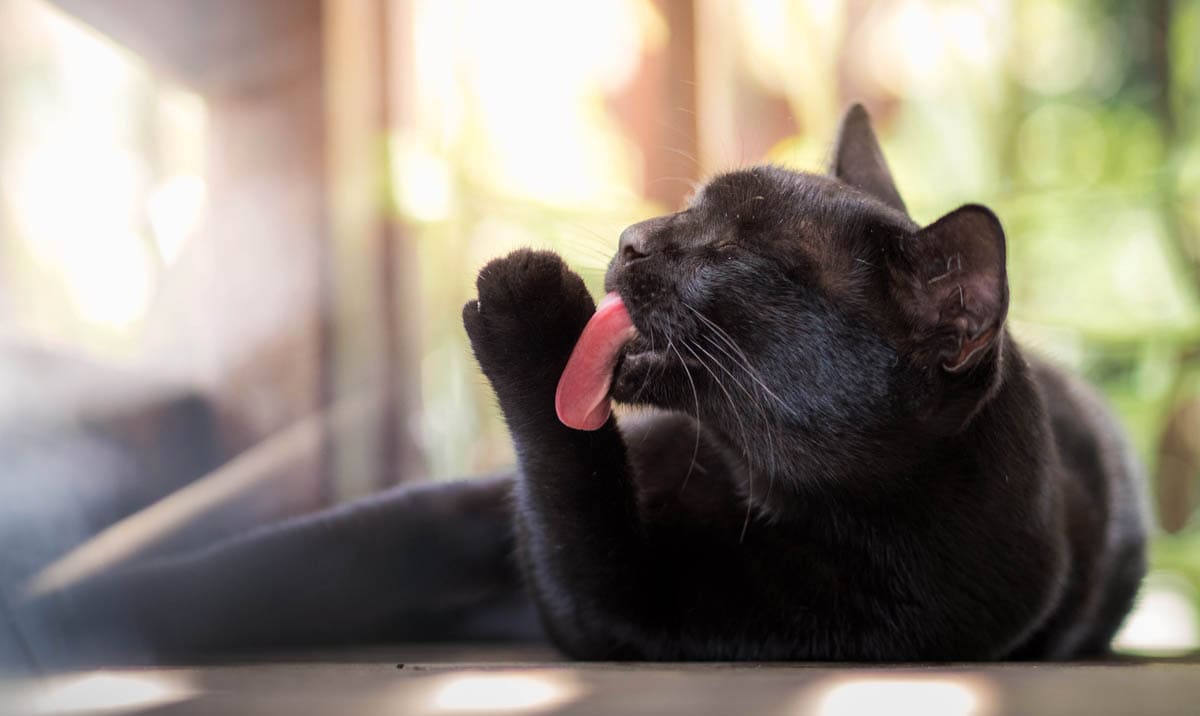March 28th is a special day for cats; it is Respect Your Cat Day. Isn’t every day respect your cat day, you ask? Well, for many of us, yes it is, we love, cherish and respect our cats greatly.
Some claim this day came about because King Richard II banned the consumption of cat meat on 28th March 1384. While a nice story, it is unlikely and there is no evidence to back up this claim.
It’s easy to think that respecting a cat is showing it some extra attention, buying a toy or feeding its favourite dinner, that’s not respecting a cat, it is spoiling a cat, I’m not saying that’s a bad thing. I want us to look at how to respect our cats, to dig deep and understand the cat’s true psyche.
Be kind
A cat isn’t a plaything for our amusement until we are bored. They are a living, breathing and sentient creature who deserve to be a part of the family.
Schedule time to play with your cat or hang out, talk calmly, and most of all, love your cat for life and treat it the way you would like to be treated, with kindness, respect and compassion.
Lead by example
Children mirror what they see, and if they grow up in a home where the pets are treated well, they will (hopefully) grow into adults who respect and love animals.
Teach children to respect animals, how to care for them, help animals in need, and importantly, how to read cat body language, so they know when a cat has had enough or wants to be alone.
Never physically punish a cat
Don’t push human expectations onto cats; cats aren’t small people; they are semi-domesticated animals. Common behaviours which cause humans to pull their hair out include scratching and hunting. These behaviours are hardwired, cats don’t do them to be jerks.
Cats hunt up to up to 20 times a day in the wild; they don’t know where their next meal will come from. It is instinct for a cat to hunt, even when not hungry. We cannot expect our cats to eliminate behaviours that have been with them for tens of thousands of years. What we can do is reduce the opportunity for cats to hunt by keeping them indoors or in an enclosure.
Cats scratch because they need to. The claw is like an onion, made up of multiple layers; scratching helps them to remove the worn-out outer layer of their claw; it also stretches out the shoulders, legs, and back muscles. Cats are either horizontal or vertical scratchers (some are both). Look at where they scratch, is it the arm of a sofa (vertical) or a carpeted step (horizontal)? Once you have determined what kind of scratcher your cat is, you can provide a suitable scratching post, better still, multiple posts.
Scruffing

Never scruff a cat as a form of punishment or intimidation and DEFINITELY don’t pick up a cat by the scruff, an adult cat is considerably heavier than a kitten, and the pressure on the spine when picking up a cat by the scruff can quite easily cause a serious injury.
Respect boundaries
Not all cats are snugglers, even if we want them to be. Some cats are snugglers, but they don’t like to be picked up. Some cats love to be picked up, stroked, snuggled and rubbed.
Accept cats for who they are and their boundaries. Some cats will live alongside us, without asking for affection, or lap time, or headbutts. That is okay.
Don’t force cats into uncomfortable situations
We have four cats (who are dog-friendly). From time to time, a friend brings trainee assistance dogs to our home to meet our cats. Three of the cats are fine, but Monty, our Oriental gets very stressed when new animals are in the house. Instead of forcing him to be around the dogs, we give him run of the back portion of the house, where the dogs don’t go. This is not a situation Monty needs to be involved in, he is not comfortable with it, and therefore we respect that and keep him away.
This kind of situation can occur in shy or fearful cats. Allow cats to retreat, don’t force them into situations they are uncomfortable with unless it is necessary (such as a trip to the veterinarian).
If you have a cat who is not comfortable with visitors, give them somewhere to go, which is out of bounds to guests. Some cats like to be around, but not close, which is where tall cat trees of shelves can be utilised. Cats feel safe when they are perched up high, out of reach. They can watch but from a safe distance.
Care for (and about) your cat
Most of us meet our cat’s basic needs, food, water, shelter, and a warm lap. For most cats, this is adequate. But we can all do better. We can provide an enriching life for our cats, provide a cat-friendly environment, care for them, especially as they age and their physical and emotional needs change.
Once a cat reaches 7 or 8 years, it moves into its senior years. Some cats are still kitten-like at this age; others may be showing signs of developing health issues. What can we do to make their lives easier?
- Schedule bi-annual veterinary visits to keep on top of health disorders
- Be alert to changes in behaviour or physical appearance
- Understand that senior cats have additional needs, many develop arthritis and have problems with proper grooming, no cat wants to be unkempt or dirty, this is when we step up and give them a helping hand
- Modify our home to cater to a change in needs, build ramps, locate litter trays and food bowls within easy reach, provide a warm and comfortable bed for the cat to sleep on
Meet your cat’s needs
Cats are fussy critters who have very particular habits, try to think about what your cat likes vs what is convenient. Cats don’t like:
- Dirty litter trays and food bowls
- Strong smells (perfume, cat litter, disinfectants)
- Narrow food and water bowls which mean their whiskers will touch the sides
- Food and water bowls too close to their litter tray
- Food and water bowls next to each other
- Sharing food bowls (one bowl per cat)
- Food straight out of the refrigerator
- Changes in routine
- Loud noises
Listen to what your cat is telling you
Cat communication is both vocal and non-vocal. Most pet owners know what the cat wants when it meows…feed me, let me in, let me out, get out of bed, stop ignoring me, we know that in most (not all) cases, a purr is a sign of contentment and a hiss is a warning. But it is also important to know a cat’s non-verbal communication too.
- Dilated pupils – Scared or excited (or sick)
- Flattened ears – Scared
- Ears facing backward – Angry
- Tail swishing while looking into the distance during petting – Uncomfortable cat
- Hiding – Scared or sick
- Standing tall, back arched, the hair on the back and tail raised – Scared and angry, trying to look larger to scare the danger
Be your cat’s eyes and ears
Cats can’t ask for help, but we can get help for them when they need it. Always be aware of your cat’s normal habits, such as greeting you at the door, asking for breakfast first thing in the morning, sleeping more or less, and any other changes and seek veterinary help.
Your cat can’t tell you when it needs help; it is up to us to know when something is wrong.

